-
 Bitcoin
Bitcoin $108,703.4836
0.45% -
 Ethereum
Ethereum $2,576.6839
1.58% -
 Tether USDt
Tether USDt $1.0001
0.00% -
 XRP
XRP $2.2924
-0.87% -
 BNB
BNB $660.2136
0.01% -
 Solana
Solana $151.4729
-0.29% -
 USDC
USDC $1.0000
0.00% -
 TRON
TRON $0.2866
0.04% -
 Dogecoin
Dogecoin $0.1698
0.82% -
 Cardano
Cardano $0.5831
0.13% -
 Hyperliquid
Hyperliquid $37.9814
-3.97% -
 Bitcoin Cash
Bitcoin Cash $503.9489
1.93% -
 Sui
Sui $2.8994
0.74% -
 Chainlink
Chainlink $13.5429
0.38% -
 UNUS SED LEO
UNUS SED LEO $9.0693
-0.19% -
 Stellar
Stellar $0.2524
0.15% -
 Avalanche
Avalanche $18.1959
1.02% -
 Shiba Inu
Shiba Inu $0.0...01180
1.48% -
 Toncoin
Toncoin $2.7601
-0.76% -
 Hedera
Hedera $0.1606
0.96% -
 Litecoin
Litecoin $86.6105
0.26% -
 Monero
Monero $315.7691
-0.56% -
 Polkadot
Polkadot $3.3911
0.25% -
 Dai
Dai $1.0001
0.03% -
 Ethena USDe
Ethena USDe $1.0002
0.02% -
 Bitget Token
Bitget Token $4.3076
-0.05% -
 Uniswap
Uniswap $7.5901
3.66% -
 Aave
Aave $288.0954
0.35% -
 Pepe
Pepe $0.0...01002
1.64% -
 Pi
Pi $0.4578
0.09%
What are the consequences of setting the Gas Limit incorrectly when transferring money through an Ethereum wallet?
Incorrectly setting the Ethereum gas limit can result in transaction failure (too low) or excessive fees (too high), potentially leading to wasted funds and delays; using a block explorer to check recent transactions helps determine an appropriate limit.
Mar 25, 2025 at 01:35 am
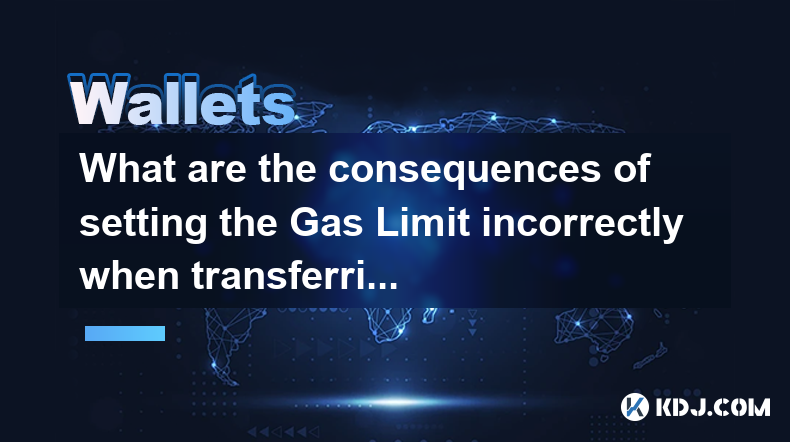
What are the consequences of setting the Gas Limit incorrectly when transferring money through an Ethereum wallet?
Setting the gas limit incorrectly when transferring ETH or ERC-20 tokens can lead to several undesirable outcomes. Understanding gas and its implications is crucial for smooth and cost-effective transactions on the Ethereum network. Incorrectly setting this parameter can result in transaction failure, wasted funds, or even significant financial losses.
First, let's clarify what the gas limit represents. The gas limit is essentially the maximum amount of computational effort (measured in gas units) that you're willing to pay for your transaction to be processed by the Ethereum network. It determines the upper bound of the transaction's cost.
Consequences of Setting the Gas Limit Too Low:
If you set the gas limit too low, your transaction will likely fail. The Ethereum network requires a certain amount of gas to execute a transaction; if the provided gas is insufficient, the transaction will be rejected by the miners, and your funds will remain stuck in your wallet. This doesn't mean your funds are lost, but you will need to submit a new transaction with a higher gas limit, potentially paying higher transaction fees.
- Your transaction will be reverted.
- Your funds will not be transferred.
- You will need to submit a new transaction.
- You might experience a delay in transferring funds.
Consequences of Setting the Gas Limit Too High:
While setting the gas limit too low is problematic, setting it excessively high also carries negative consequences. Although your transaction will likely succeed, you will pay significantly more in transaction fees than necessary. This wasted gas is essentially a loss of funds, as the excess gas is consumed but doesn't provide any additional computational benefit.
- You'll pay more in transaction fees than required.
- This leads to a higher cost per transaction.
- It's inefficient use of your funds.
- You could potentially be targeted by miners who prioritize higher-fee transactions.
Understanding Gas Price vs. Gas Limit:
It's crucial to differentiate between gas limit and gas price. The gas limit is the quantity of gas you're willing to spend, while the gas price is the cost per unit of gas. The total transaction fee is calculated by multiplying the gas limit by the gas price. Setting an appropriate gas limit is crucial to prevent both transaction failure and excessive fees. The gas price, on the other hand, is influenced by network congestion. Higher congestion results in higher gas prices.
- Gas Price: The cost per unit of gas. Fluctuates based on network demand.
- Gas Limit: The maximum amount of gas you are willing to pay for your transaction.
How to Determine the Appropriate Gas Limit:
Most Ethereum wallets automatically suggest a reasonable gas limit for your transaction. However, you can usually adjust this manually. It's advisable to consult resources like Etherscan or similar block explorers to observe the gas limits used in recent, similar transactions. This gives you a good baseline to work from. Avoid drastically deviating from the suggested gas limit unless you have a very specific reason.
- Consult your wallet's suggested gas limit.
- Observe gas limits used in similar transactions on block explorers.
- Don't significantly deviate from the suggested limit without justification.
What if my transaction fails due to an incorrect gas limit?
If your transaction fails due to an insufficient gas limit, you'll need to resubmit the transaction with a higher gas limit. Your funds are not lost; they remain in your wallet. However, you will need to pay another transaction fee. If you set the gas limit too high, the transaction will succeed, but you will have paid unnecessarily high fees. There is no way to recover the excess gas paid.
Frequently Asked Questions:
Q: Can I recover the excess gas paid if I set the gas limit too high?
A: No, the excess gas paid is consumed by the network and cannot be recovered.
Q: What happens if I set the gas price too low?
A: Your transaction might be pending for a long time or fail entirely because miners prioritize transactions with higher gas prices.
Q: How do I find the optimal gas price?
A: Various websites and tools provide real-time gas price estimates, showing the current average and suggested prices. Your wallet may also provide these estimates.
Q: Is there a risk of losing my funds if I set the gas limit incorrectly?
A: You won't lose your funds if the gas limit is too low, but the transaction will fail. You will only lose funds if you pay for an excessively high gas limit.
Q: How can I monitor my transaction's status after submitting it?
A: You can monitor the status of your transaction using your wallet or a block explorer like Etherscan, by inputting your transaction hash.
Q: What if my transaction is stuck?
A: If your transaction is stuck, it's likely due to a low gas price. You may need to increase the gas price and resubmit the transaction. Consider the current network congestion level.
Q: Are there any tools that help estimate the appropriate gas limit?
A: Many websites and tools provide gas limit estimates based on the transaction type and current network conditions. Your wallet likely incorporates this functionality.
Disclaimer:info@kdj.com
The information provided is not trading advice. kdj.com does not assume any responsibility for any investments made based on the information provided in this article. Cryptocurrencies are highly volatile and it is highly recommended that you invest with caution after thorough research!
If you believe that the content used on this website infringes your copyright, please contact us immediately (info@kdj.com) and we will delete it promptly.
- Kraken, Rear Wing, and Memecoins: A Wild Ride to the Singapore Grand Prix!
- 2025-07-09 00:50:12
- Cronos Skyrockets: Decoding the Reasons Behind CRO's Crypto Surge
- 2025-07-09 01:30:12
- Ethereum's Wall Street Love & Ruvi AI's Audit Rally: A Crypto Cocktail
- 2025-07-09 00:55:12
- Crypto Coins with Growth Potential: Top Picks for Savvy Investors
- 2025-07-09 01:35:13
- Onyxcoin (XCN) vs. Solana (SOL): A Promising Bet in the Crypto Game?
- 2025-07-09 00:30:12
- Pi Network's Supply Surge: A Recipe for Price Problems?
- 2025-07-09 02:10:13
Related knowledge
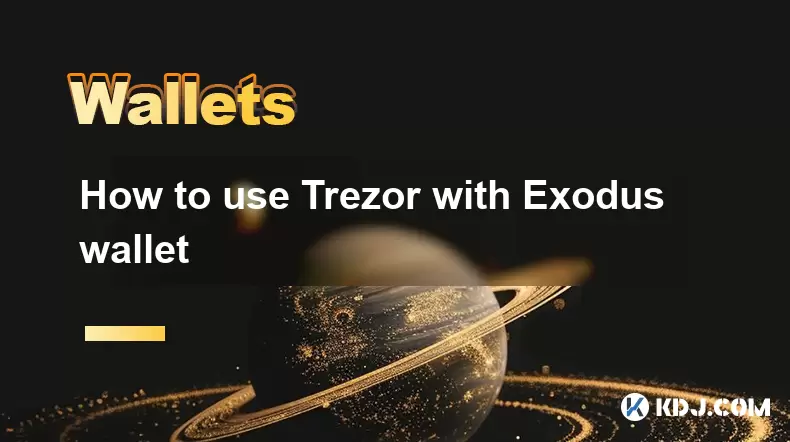
How to use Trezor with Exodus wallet
Jul 09,2025 at 12:49am
Connecting Trezor Hardware Wallet to Exodus Software WalletTo use Trezor with Exodus wallet, users need to connect the hardware wallet to the software...
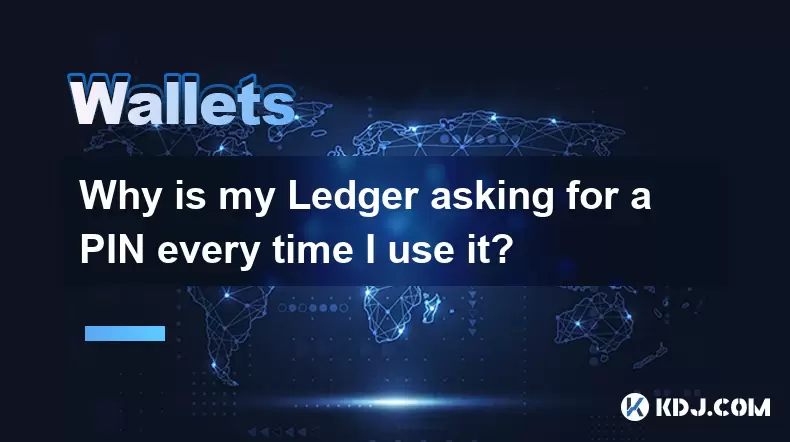
Why is my Ledger asking for a PIN every time I use it?
Jul 08,2025 at 11:21pm
Understanding the Purpose of the PIN on Your Ledger DeviceThe PIN (Personal Identification Number) is a crucial security feature built into every Ledg...
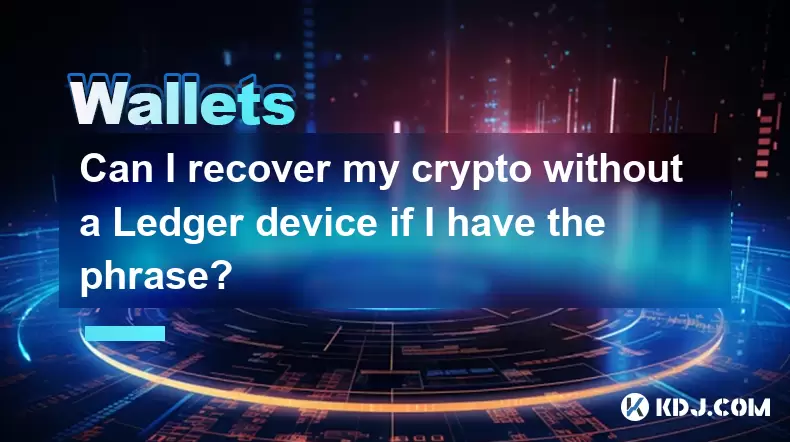
Can I recover my crypto without a Ledger device if I have the phrase?
Jul 09,2025 at 01:36am
Understanding the Role of a Recovery Phrase in Crypto SecurityIf you have your recovery phrase but no Ledger device, you might wonder whether it's pos...
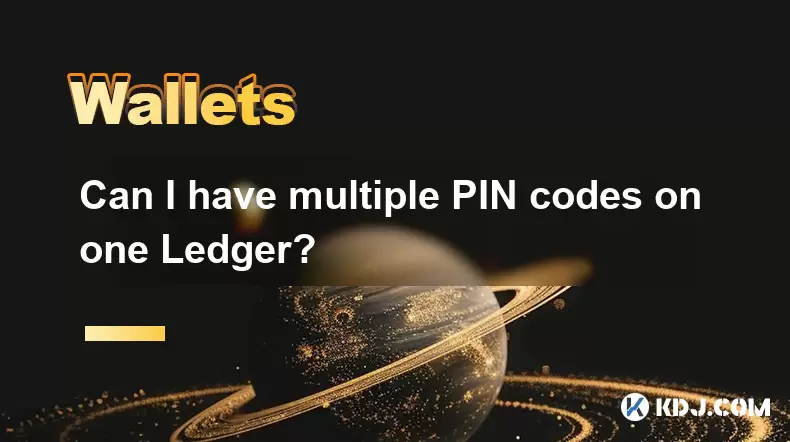
Can I have multiple PIN codes on one Ledger?
Jul 09,2025 at 12:35am
Understanding the Basics of Decentralized Exchanges (DEXs)A decentralized exchange, or DEX, is a type of cryptocurrency trading platform that operates...
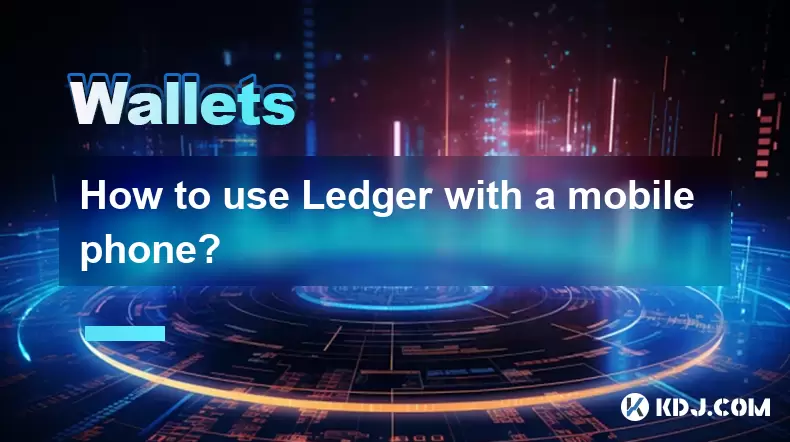
How to use Ledger with a mobile phone?
Jul 08,2025 at 10:49pm
Connecting Ledger Hardware Wallet to Mobile DevicesUsing a Ledger hardware wallet with a mobile phone provides a secure and convenient way to manage c...
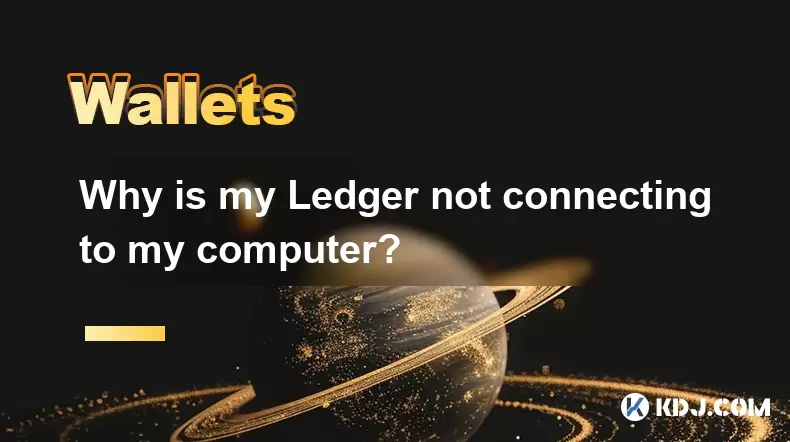
Why is my Ledger not connecting to my computer?
Jul 09,2025 at 03:01am
Checking the Physical ConnectionIf your Ledger is not connecting to your computer, the first step involves verifying the physical connection between t...

How to use Trezor with Exodus wallet
Jul 09,2025 at 12:49am
Connecting Trezor Hardware Wallet to Exodus Software WalletTo use Trezor with Exodus wallet, users need to connect the hardware wallet to the software...

Why is my Ledger asking for a PIN every time I use it?
Jul 08,2025 at 11:21pm
Understanding the Purpose of the PIN on Your Ledger DeviceThe PIN (Personal Identification Number) is a crucial security feature built into every Ledg...

Can I recover my crypto without a Ledger device if I have the phrase?
Jul 09,2025 at 01:36am
Understanding the Role of a Recovery Phrase in Crypto SecurityIf you have your recovery phrase but no Ledger device, you might wonder whether it's pos...

Can I have multiple PIN codes on one Ledger?
Jul 09,2025 at 12:35am
Understanding the Basics of Decentralized Exchanges (DEXs)A decentralized exchange, or DEX, is a type of cryptocurrency trading platform that operates...

How to use Ledger with a mobile phone?
Jul 08,2025 at 10:49pm
Connecting Ledger Hardware Wallet to Mobile DevicesUsing a Ledger hardware wallet with a mobile phone provides a secure and convenient way to manage c...

Why is my Ledger not connecting to my computer?
Jul 09,2025 at 03:01am
Checking the Physical ConnectionIf your Ledger is not connecting to your computer, the first step involves verifying the physical connection between t...
See all articles

























































































